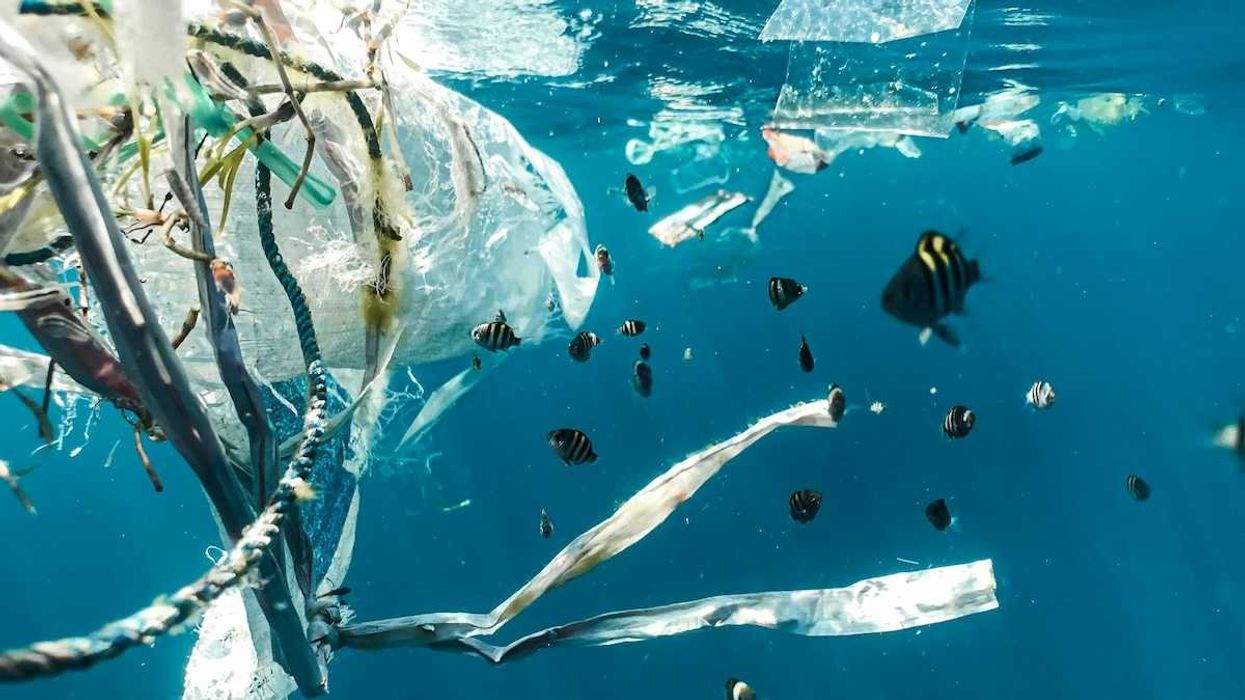The latest results from a North Carolina State University study reveal decreasing PFAS levels in the blood of Wilmington-area residents, signaling progress from local water treatment efforts.
Madison Lipe reports for Wilmington StarNews.
In short:
- North Carolina State University’s GenX Exposure Study found that PFAS levels in blood samples from Lower Cape Fear region residents fell by up to 32% between 2020 and 2023.
- Wilmington’s water treatment improvements, such as granular activated carbon filtration and reverse osmosis, have reduced PFAS exposure, but some residents still have elevated PFAS levels.
- Researchers urge continued participation in the study to track health outcomes and refine PFAS exposure guidelines based on blood concentration levels.
Key quote:
“We anticipate that people aren’t being currently exposed, so the levels continue to come down.”
— Jane Hoppin, professor and principal investigator for North Carolina State University’s GenX Exposure Study
Why this matters:
PFAS, or “forever chemicals,” can accumulate over time, posing health risks like cancer and thyroid disruption. Declining PFAS levels in residents’ blood suggest that local water cleanups can reduce exposure, though the chemicals still persist in the environment and in some individuals’ bloodstreams.
Related EHN coverage:














